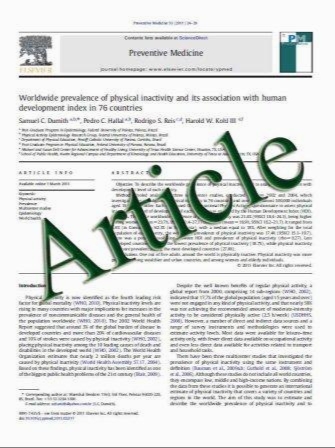Congenital nephrotic syndrome with acute renal failure: answers
- نوع فایل : کتاب
- زبان : انگلیسی
- مؤلف : Elena Tudorache & Julien Hogan & Marie-Emilie Dourthe & Béatrice Quinet & Emmanuel Grimprel & Anne-Laure Sellier-Leclerc & Tim Ulinski
- چاپ و سال / کشور: 2011
Description
1. Syphilis serology in mother and child 2. Congenital syphilis (given the skin lesions, hemolytic anemia, thrombocytopenia, nephrotic syndrome in an infectious context) Syphilis, hepatitis, and HIV serologies were performed in the child and repeated in the child’s mother. Syphilis serological diagnosis was established in the child’s mother. The newborn infection was confirmed by two positive Treponema pallidum hemagglutination (TPHA) serologies (1/1,280, VDRL 1/512 and Treponema pallidum-specific immunoglobulin (Ig)M). This serology was also positive in the cerebrospinal fluid, revealing T. pallidum meningitis, motivating a switch from amoxicillin/cefotaxime to penicillin G 150,000 UI/kg per day for 10 days. However, magnetic resonance imaging at day 20 of life was normal. Limb X-rays showed typical bone injuries, such as irregular radius and ulna metaphyses. Serum creatinine was initially increased due to neonatal distress then rapidly normalized and increased again at day 11 of life associated with oliguria requiring peritoneal dialysis. Renal failure recovered 9 days later, and dialysis was discontinued on day 32 of life. Progressively, hematuria and nephrotic syndrome disappeared, whereas renal function remained reduced with a serum creatinine of 60 ىmol/L. Further, arterial hypertension, tubulopathy (phosphate reabsorption rate 60%, acidosis), and a mixed glomerular and tubular proteinuria (beta-2 microglobulinemia: 15,434 ىg/L) persisted at the age of 3 months.
Pediatr Nephrol DOI 10.1007/s00467-011-1845-6 Received: 27 January 2011 / Revised: 21 February 2011 / Accepted: 24 February 2011


